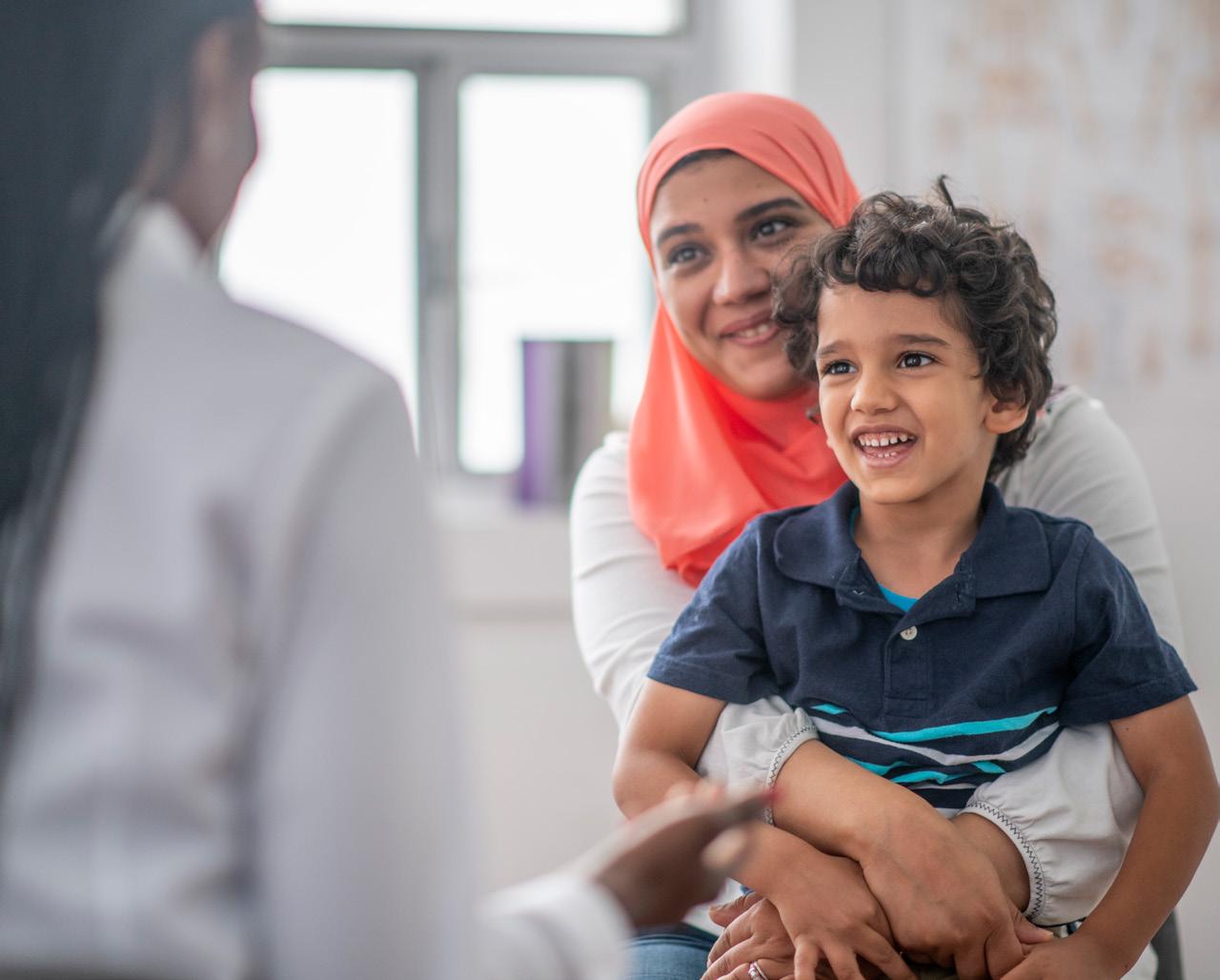
4 minute read
New times, new roles
By Greg Basky
During the COVID-19 pandemic, Saskatchewan’s healthcare system has faced unprecedented pressure to be flexible and adapt. Physicians from around the province have risen to the challenge, taking on different roles to provide care where they’re needed most. Meet three doctors who worked in new ways this spring.
Return to ICU
When he shifted gears from critical care to sleep medicine five years ago, Dr. John Gjevre figured he’d never again set foot in an intensive care unit. However, when the pandemic struck, he was called back into action by the Saskatchewan Health Authority (SHA). Dr. Gjevre rapidly pivoted from interpreting polysomnograms on a computer screen at Saskatoon City Hospital’s sleep disorders lab to running an ICU. He returned to his regular duties in July.

Dr. John Gjevre
While the ICU shifts were not something he ever anticipated, Dr. Gjevre says he was glad to be able to help out where the need was greatest in that moment, and to reconnect with old friends. “It has been great to work with such dedicated and cheerful individuals again,” he said.
He had to brush up on dosages for less common drugs and get used to staying up all night again, but added "you just don’t forget how to do things like intubation or central lines.” While seconded by the SHA, he spent half his time providing daytime and nighttime coverage of Saskatoon ICUs, and the other half carrying on his research, teaching, and administration – the latter two by Webex or Zoom.
“We responded to the urgent need and that’s what was most important,” said Dr. Gjevre, whose other clinical work is based at RUH’s outpatient sleep clinic. He was concerned, however, about his sleep patients, many of whom suffer from severe chronic conditions – including obstructive sleep apnea, pulmonary hypertension, and obesity hypoventilation syndrome – and is glad to be back doing sleep medicine. “Those things did not go away for these patients. I could provide some therapy for a while virtually, but I worried that their care needs were not being fully met.”
Part of the P.A. team
In the early days of the pandemic, the Saskatchewan Health Authority approached Melfort GP anesthetist Dr. Eben Strydom and colleagues about supporting Prince Albert’s relatively small anesthesia team. At that point, the SHA was anticipating a potential surge of COVID-19 patients and cancellation of local elective surgeries. Dr. Strydom, along with Drs. Chelsea Wilgenbusch and Robert Steffen, willingly agreed to cover calls in P.A. in April, May, and June. For the 48-hour shifts, that meant driving close to 100 kilometres for an 8 a.m. start, working and staying on-site to provide whatever support was needed – whether that was obstetric anesthesia or coverage for the OR for orthopedic or general surgery cases.

Dr. Eben Strydom
Stepping into the new role, even temporarily, was a great opportunity to brush up on medical skills that he and his colleagues don’t use as often locally, according to Dr. Strydom. “There are things that in rural anesthetic practice don’t happen with a very high frequency. So it was good to get exposure again to things like hip replacements, or just more challenging patient cases, in a controlled environment.” Without internal medicine or ICU backup in Melfort, there are limits to the cases that he and his colleagues can safely support post-surgery. “So that was a good experience again to be able to do those cases.”
For Dr. Strydom, the best part of wearing a different hat this spring was developing a closer relationship with the general surgeons, gynecologists, pediatricians, and orthopedists that he and colleagues Drs. Steffen and Wilgenbusch talk to on the phone all the time. “It really builds the team spirit that we need in our system because medicine is a team sport,” said Dr. Strydom. “Knowing the people we work with and deal with is very important. It was a good experience to work with our colleagues in P.A. and to be part of that team.”
Strong urge to help out
After signing the pandemic physician services agreement, Saskatoon family physician Dr. Myles Deutscher volunteered to work at one of the city’s two COVID assessment centres where he worked a couple of shifts each week. More recently, he continues to work at the assessment centre but has scaled back to weekly shifts. “I redeployed myself,” said Dr. Deutscher. “I felt a strong urge to help out with the pandemic in some way.”

Dr. Myles Deutscher
While Dr. Deutscher doesn’t feel particularly anxious about contracting the coronavirus himself, he has adopted a homecoming routine to ease his wife’s concerns: He wipes down his car before he climbs out, strips off his scrubs in the garage, showers in a downstairs washroom no one else in the family uses, then dons clean clothes. “I feel that we’re quite well protected at the assessment centre,” said Dr. Deutscher. “I’ve been well trained in how to put on my PPE and how to take it off. I don’t have any reservations about stepping up.”
Dr. Deutscher admits he felt a lot of stress at the outset of the pandemic. He expected a dropoff in visits when physicians were encouraged to limit in-person appointments, but he hadn’t anticipated 80 per cent of his appointments would disappear almost overnight. “There was no revenue being generated, but our costs at the clinic were the same. We were quite worried, and wondering: how are we going to survive this?” Dr. Deutscher was thankful for the pandemic agreement, which he says provided a sense of security for the clinic. ◆










